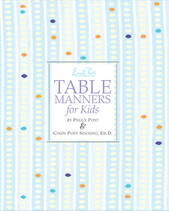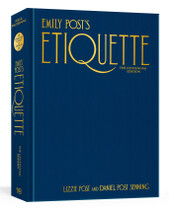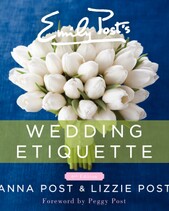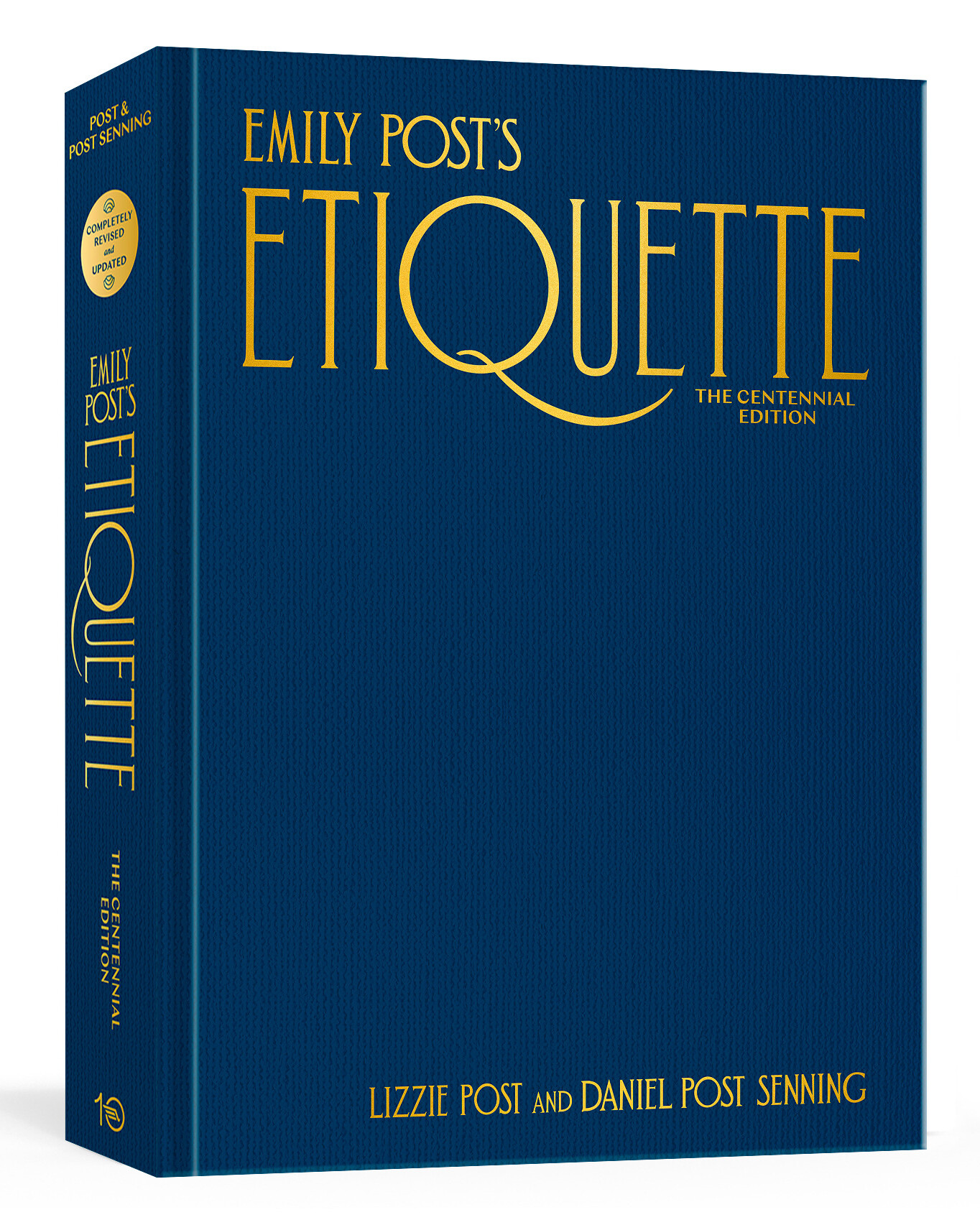
The Formal Place Setting

The formal place setting is used at home for a meal of more than three courses, such as a dinner party or a holiday meal. Please note that for a truly traditional formal place setting, the dessert spoon would be placed above the dessert fork.
It's simply the informal place setting taken to the next level, adding glassware, dishes and utensils for the foods and beverages served with the additional courses. It's also used at high-end restaurants that serve multiple courses.
In General:
- Knife blades are always placed with the cutting edge toward the plate.
- No more than three of any implement are ever placed on the table, except when an oyster fork is used in addition to three other forks. If more than three courses are served before dessert, then the utensils for the fourth course are brought in with the food; likewise the salad fork and knife may be brought in when the salad course is served.
- Dessert spoons and forks are brought in on the dessert plate just before dessert is served.
The placement of utensils is guided by the menu, the idea being that you use utensils in an "outside in" order. For the illustrated place setting here, the order of the menu is:
- Appetizer: Shellfish
- First Course: Soup or fruit
- Fish Course
- Entrée
- Salad
(12) Service Plate: This large plate, also called a charger, serves as an underplate for the plate holding the first course, which will be brought to the table. When the first course is cleared, the service plate remains in place for any other courses, such as a soup course, until the plate holding the entrée is served, at which point the two plates are exchanged. The charger may serve as the underplate for several courses which precede the entrée.
(1) Butter Plate: The small butter plate is placed above the forks at the left of the place setting.
(10) Dinner Fork: The largest of the forks, also called the place fork, is placed on the left of the plate. Other smaller forks for other courses are arranged to the left or right of the dinner fork, according to when they will be used.
(9) Fish Fork: If there is a fish course, this small fork is placed to the left of the dinner fork because it is the first fork used.
(11) Salad Fork: If the salad is served after the entrée, the small salad fork is placed to the right of the dinner fork, next to the plate. If the salad is to be served first, and fish second, then the forks would be arranged (left to right): salad fork, fish fork, dinner fork.
(14) Dinner Knife: The large dinner knife is placed to the right of the dinner plate.
(15) Fish Knife: The specially shaped fish knife goes to the right of the dinner knife.
(13) Salad Knife: If used, according to the above menu, it would be placed to the left of the dinner knife, next to the dinner plate. If the salad is to be served first, and fish second, then the knives would be arranged (left to right): dinner knife, fish knife, salad knife.
(16) Soup Spoon or Fruit Spoon: If soup or fruit is served as a first course, then the accompanying spoon goes to the right of the knives.
(17) Oyster Fork: If shellfish are to be served, the oyster fork goes to the right of the spoons. Note: It is the only fork ever placed on the right of the plate.
(1) Butter Knife: The small spreader is paced diagonally on top of the butter plate, handle on the right and blade down.
(4, 5, 6, 7) Glasses: These are placed on the right, above the knives and spoons. They can number up to five and are placed in the order they will be used. When there are more than three glasses, they can be arranged with smaller glasses in front. The water goblet (4) is placed directly above the knives. Just to the right are placed a red or white (6) wine glass. A sherry glass or champagne flute (5, 7), to accompany a first course or for an opening toast, go to the right of the wine glasses. Glasses used for a particular course are removed at the end of the course.
(8) Napkin: The napkin is placed on top of the charger (if one is used) or in the space for the plate. It can also go to the left of the forks, or under the forks if space is tight.
Everything on your table should be crisp and sparkling. White linens are still considered the most formal, but colored or patterned tablecloths or place mats, and napkins can be just as elegant. Other possible elements include candles, a centerpiece or multiple flower arrangements, and place cards. Place mats (if used) are entered in front of each chair, about one to two inches from the edge of the table. A tablecloth is spread to hang evenly on each end and on the sides. The average drop is 12 to 18 inches, but don't worry if it is a little long or short—you just don't want it hanging too low, or it will end up in the diners' laps.
The most formal table is strictly symmetrical: centerpiece in the exact center, an even number of candlesticks, place settings spaced evenly around the table, silverware lined up and at the same distance from the edge of the table. The space not taken up by place settings is your available real estate. Feel free to vary flower arrangements and decorations as you like, creating a balanced and pleasing tablescape. Be careful not to overcrowd the table, and arrange your decorations so diners seated opposite can see each other.
To see basic and informal place settings, click here to go back to the main Table Setting page









